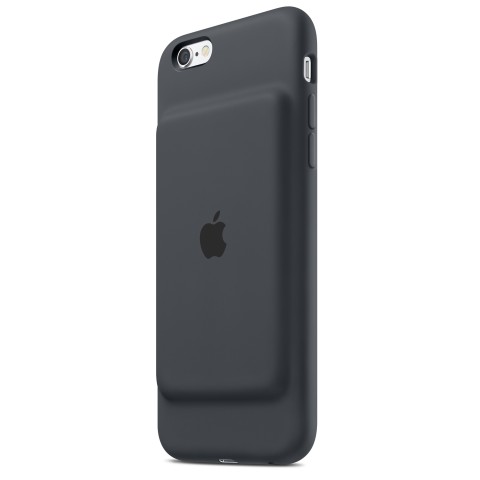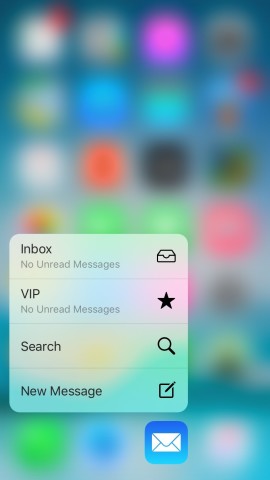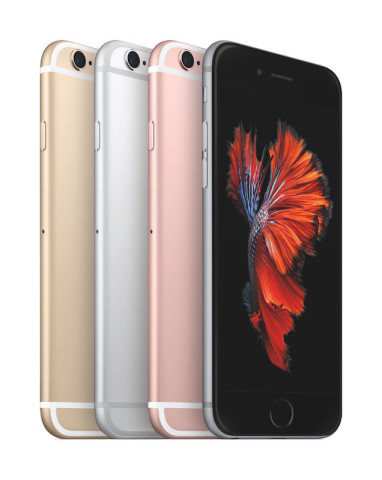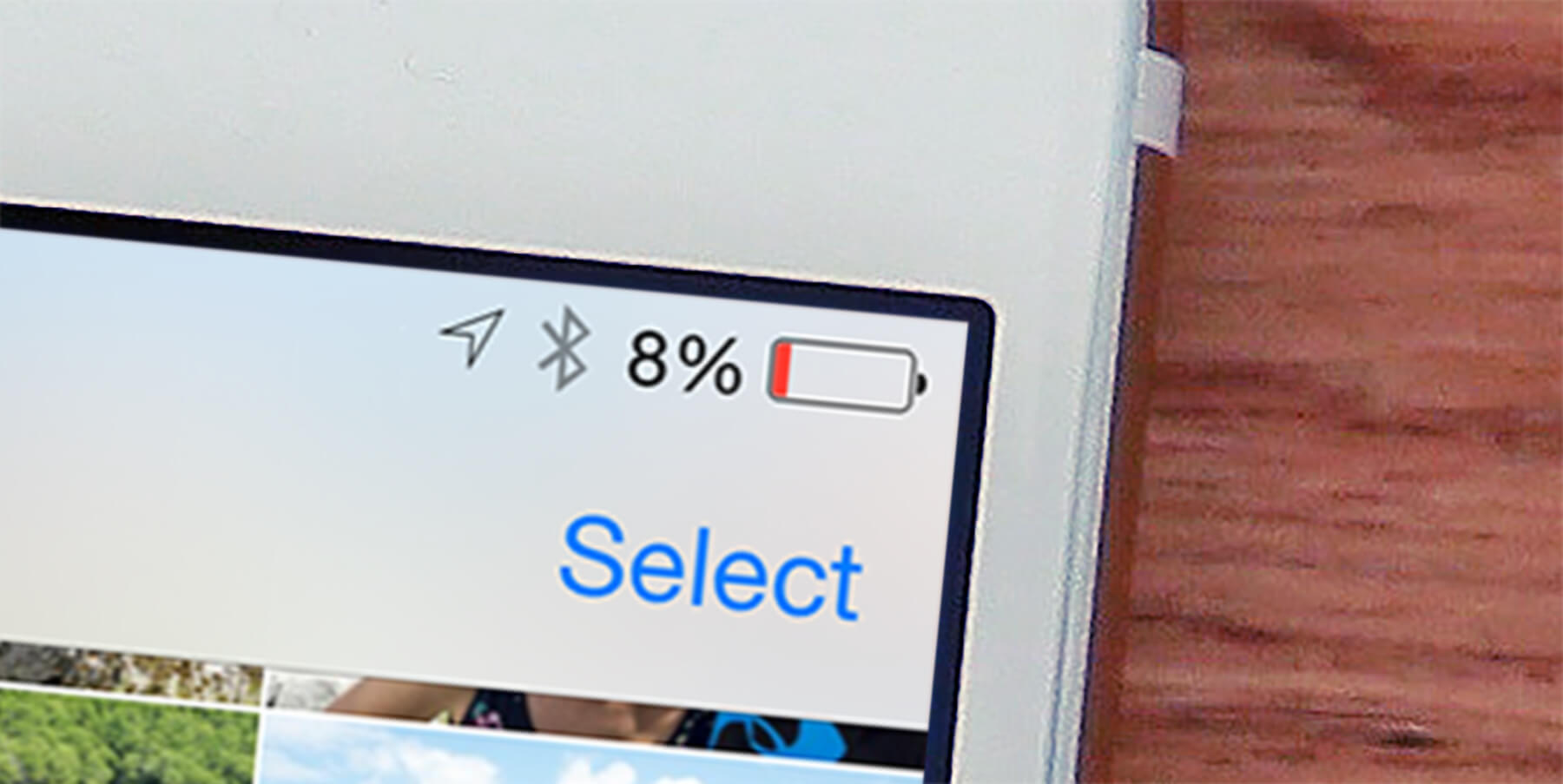Apple was mocked last year when it launched a battery case for the iPhone 6s. There’s plenty of third-party battery cases available, of course, but Apple’s version seemed like a tacit admission from the company that the battery on the 6s just wasn’t powerful enough.
The pronounced bump on the back of the case felt like a statement: ‘Hey, guys – you want a better battery? This is what your iPhone would look like if it had one!’ But it was the fact that it wanted to gouge an extra $99 (£79) from users for the privilege which really felt like a kick in the teeth.

The iPhone battery case has a large bulge at the back
While other manufacturers seem able to make battery cases which double the iPhone’s battery life without making them look ridiculous, Apple did have a point. Every time it builds a new iPhone, there are trade-offs to be made between new features, processing power, size and battery life.
However, Apple has consistently chosen to compromise on battery life and focus instead on maximizing power, adding new features, and making the iPhone as slim as it can be. It’s clearly taken the decision that one day’s worth of use at relatively ‘normal’ usage is enough for most of its customers and that it should concentrate instead on those new features, looks, and performance. It’s easy to understand why; attractive aesthetics sell phones. Features and performance also sell phones. But when it comes to the list of things that are going to part customers with their cash, battery life is way down the list – for most users. Sure, there will always be a group who are atypical and for whom 16 hours at ‘normal’ usage isn’t enough. But no company designs a mass-market product around a small niche – hence the iPhone’s limited battery life.
Will this ever change? It seems unlikely given recent evidence. Exhibit A: the iPhone 6s. The 6s, you’ll remember, features 3D touch and what Apple calls a Taptic Engine. The Taptic Engine is a re-designed vibration mechanism which provides a wider range of feedback and which is used in 3D touch’s peek and pop, where you press on an icon to ‘peek’ inside an app or item, and keep pressing to ‘pop’ it open.

iOS 9 uses the new Taptic Engine in 3D touch
Those features and the new Taptic Engine need to be powered from the battery and, partially as a result of their introduction, the iPhone 6s’ battery is less powerful (1,715mAh compared with 1,810mAh) than the one in the iPhone 6. That’s an example of Apple compromising on battery life in order to add a new feature.
Read more: Why 3D Touch could be the most important addition to the iPhone in years
The iPhone 7, due in September, may see another compromise. While it’s still relatively early in its development, iOS 10, which will probably debut alongside the iPhone 7, is likely to see an enhanced role for the Taptic Engine and for 3D touch. That, of course, will mean a greater strain on the battery. Will Apple put in a bigger battery to compensate? That’s unlikely. If smaller components do leave it with room to spare, it’s more likely to use it to make the iPhone 7 even thinner than its predecessor than it is to make the battery bigger.

Apple chose to make the iPhone 6s thinner rather than fit a bigger battery
The good news is that there’s a huge amount of work going on to improve battery technology – it’s seen as the last major problem to solve when it comes to smartphones and every manufacturer has a stake in solving it.
One avenue of investigation is the use of lithium superoxide, which has a much higher energy density than the lithium-ion batteries currently in use. Lithium superoxide (LiO2) is thermodynamically unstable, meaning it’s unsuitable for use in batteries, but research recently reported in Nature suggests that crystalline LiO2 can be stabilized using a graphene-based cathode. The research concluded that the cathode stabilizes the LiO2 enough for it to be used in a battery which is charged and re-charged several times.
Another possible technology is hydrogen fuel cells. These cells combine hydrogen and oxygen to generate electrical energy, producing small amounts of heat and water as waste. Last year, it was reported that a British company, Intelligent Energy, had created a fuel cell and successfully retro-fitted it to an iPhone 6 alongside its existing battery, allowing the cell to be refilled via the headphone jack. The fuel cell provides enough energy to keep the iPhone running for a week. On the downside, re-charging the cell means buying cartridge refills – you can’t just plug it into a powered USB socket.
Better batteries, then, are on the way. But until one or more of these new technologies is ready for prime time, which could still be several years, the iPhone’s battery life is unlikely to get any longer.

